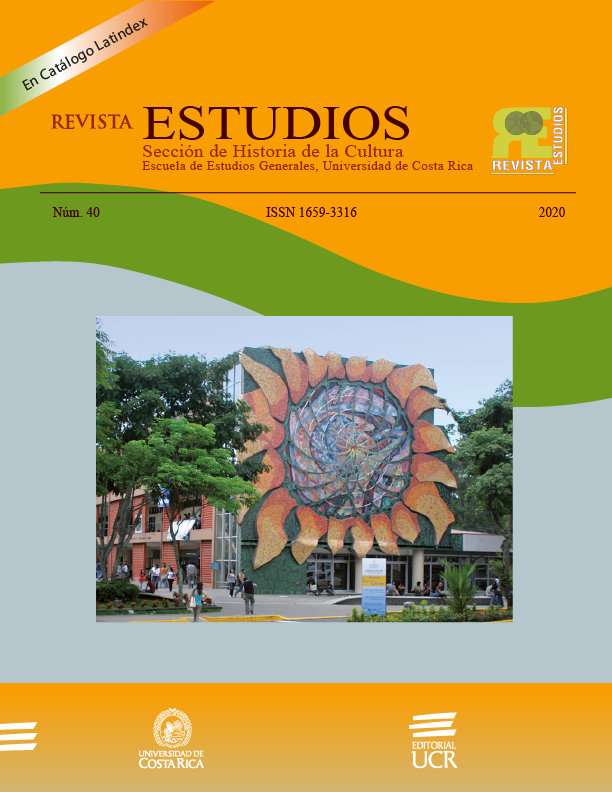Abstract
The knowledge about the climate in the geographical space in which the Republic of Costa Rica is based was developed by scientific institutions throughout the 19th century and the first half of the 20th century. During this process many scientists and scholars collaborated with essays that reflected descriptions of the climatic conditions of the country, as a result of their scientific inquiries or personal experiences. The authors selected were eight: Henri Pittier, Karl Sapper, Dana G. Munro, Max Sorre and Rosa Filatti, Charles Borel and John and Mavis Biesanz. The period of study begins in 1888 with the publication of “Apuntaciones sobre el clima é hipsometría de la República de Costa Rica. I. Resumen de las observaciones meteorológicas anteriores al año de 1888” by Pittier and concludes in 1944, the year concerning the publication of the work Costa Rican Life by John and Mavis Biesanz. This period concurs with the so-called “scientific regime”, a stage of Costa Rican scientific development in which the State, the scientific community and the private sector converge their interests to promote the development of science in the country. This precisely when the agro-export model is consolidated, and climate acquaintanceship was essential for a better performance of the productive activities.

